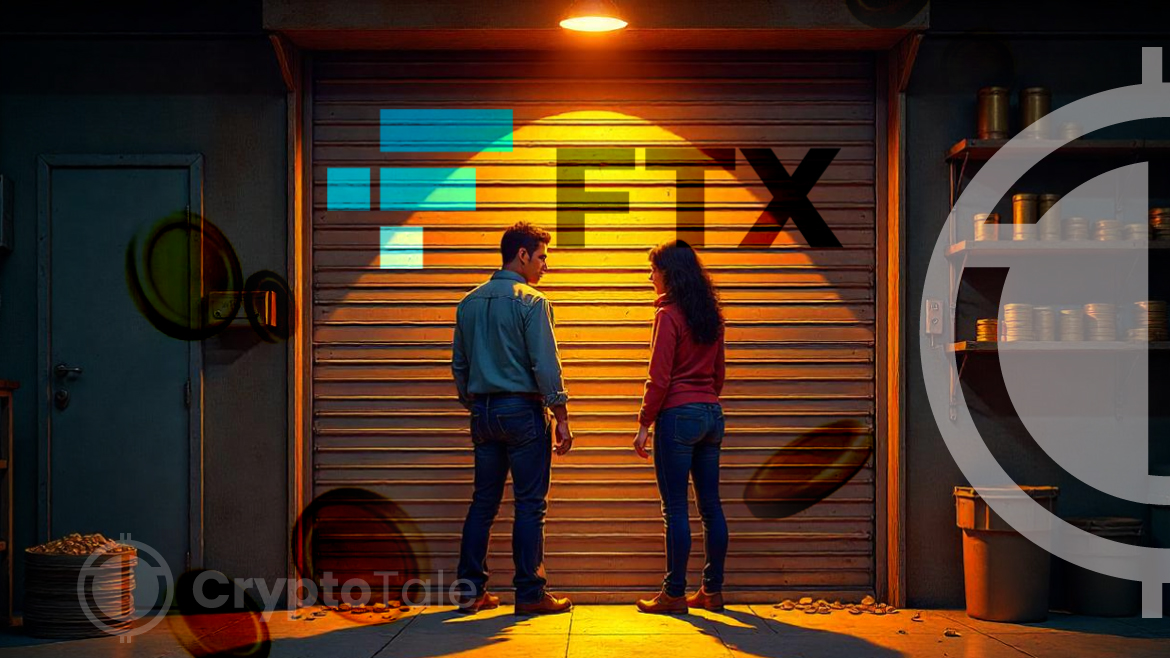The US Bankruptcy court’s approval of the defunct FTX’s repayment plan has injected optimism into the struggling bear market. While the FTX creditors are set to receive more than $12 billion, the payout is expected to unleash a liquidity surge into the stagnant market.
On Monday, FTX received court approval for its reimbursement plan. With the court’s approval, FTX is now cleared to repay its customers fully. According to a recent Bloomberg report, the exchange’s repayment pool, which stood at $12.6 billion in June, could possibly reach $16 billion upon completion of asset recovery and sale.
Benjamin Celermajer, co-chief investment officer at Magnet Capital, commented that the FTX payouts would significantly provide liquidity to known crypto traders. He added, “It’s very likely that we see some of this flow back into crypto, providing a potential price catalyst to liquidity-starved markets.”
As per the plan, about 98% of the creditors would recover around 119% of their crypto claims. The initial procedure of FTX’s reimbursement plan is to establish a trust and partner with a third-party company to manage the distribution process.
While the distribution to smaller creditors is slated to commence in December 2024, larger customers will receive their funds across the first half of 2025. In an official statement, Galaxy Digital Holdings hinted that the remaining claims could take up to three years to resolve. According to Galaxy’s Research Head Alex Thorn, the initial disbursement of $1.1 billion, though relatively modest, is poised to boost Bitcoin.
Bitcoin is currently trading above the $60k level but far less than its all-time high of $73k. As of press time, BTC trades at $61,937, marking a slight dip of 1.29% in a day. However, the pioneer crypto has experienced a notable gain of 11.69% over the last month.
FTX Plans To Pay Customers and Creditors by Liquidating Crypto Assets
In a note, Research company K33 predicted $2.4 billion in latent demand from FTX repayment recipients. However, the company cautioned against gradual market impact due to phased payouts over 12 months.










